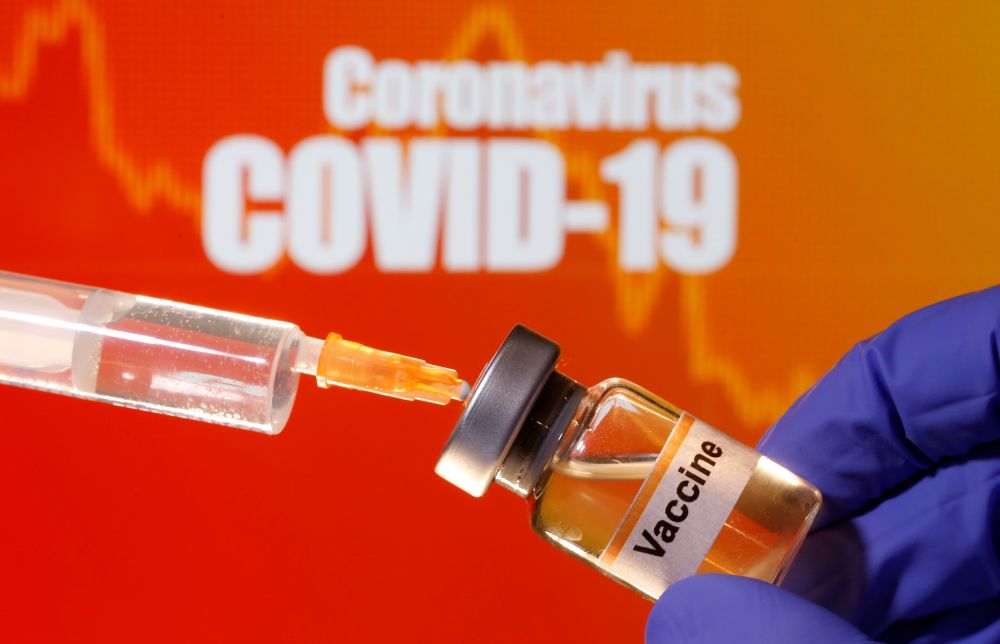Nationwide round-up
Anti-red tape office reports over 60% resolution rate
THE ANTI-RED Tape Authority (ARTA) on Thursday said over 60% of 3,964 cases filed have been resolved. In a briefing on Thursday, ARTA Director General Jeremiah B. Belgica said 2,425 complaints were closed, meaning the agencies concerned “followed, released, and streamlined” their system. Mr. Belgica said they are working to close the remaining cases. For “worst case scenarios,” Mr. Belgica said ARTA will file cases against erring officials before the Ombudsman, adding that a set of complaints will be brought on Friday. He declined to name the officials. ARTA also presented new guidelines on issuing permits considering new health protocols, including reduction of the required signatories and allowing e-signatures. — Gillian M. Cortez
Ex-Ombudsman Morales disagrees with Martires’ SALN policy
OMBUDSMAN SAMUEL R. Martires should prioritize the concerns of the public, not of politicians, his predecessor said on Thursday. “If it turns out that the SALN (State of Assets, Liabilities, and Net Worth) has been weaponized by the requester or if the person who requested it uses it against the morals of public policy, the person whose SALN was requested can file a case against the requester. It is the concern of the politician to fault the request if the requested SALN is being used against morals or public policy,” former Ombudsman Conchita Carpio-Morales said in an interview over ANC. The former anti-graft chief said that Mr. Martires’ order to tighten public access to the records of public servants goes against a Constitutional principle that ensures transparency among government officials. “It goes against the principle of the Constitution that public office is a public trust,” she said. — Kyle Aristophere T. Atienza
Sea dispute won’t be resolved anytime soon — Roque
THE PHILIPPINE government does not expect an immediate resolution of the South China Sea dispute despite President Rodrigo R. Duterte invoking the Hague ruling in its favor during his first United Nations (UN) address early this week. Palace Spokesperson Harry L. Roque, in a briefing on Thursday, said the longtime dispute involving several countries is not likely to get settled soon. “We will for the time being set this aside because I don’t think the resolution of the territorial dispute is forthcoming in our lifetime,” he said. In the meantime, the Duterte administration will focus on trade and investment ties, Mr. Roque said. At Tuesday’s UN General Assembly, Mr. Duterte cited the arbitral win of the Philippines and said any attempt to undermine it will be rejected. This was the first time Mr. Duterte publicly acknowledged the ruling. — Gillian M. Cortez
Rapid antigen test kit set for pilot use
THE USE of rapid antigen test kits for the coronavirus disease 2019 (COVID-19) will be piloted in Baguio City, which is set to partially reopen to domestic tourists on Oct. 1. The COVID-19 national inter-agency task force issued Resolution No. 73 on Thursday allowing the use of the antigen test kits for domestic tourists, visitors with essential travel, and contacts of confirmed COVID-19 patients in areas with a clustering of cases. “The Department of Health, the Department of Tourism, and the World Health Organization are enjoined to continue providing assistance to the City of Baguio for this undertaking,” the resolution said. In a briefing on Thursday, Palace Spokesperson Harry L. Roque said rapid antigen test kits have a faster turnaround time and are cheaper than RT-PCR testing, currently the only recognized accurate procedure. — Gillian M. Cortez
Group appeals for release of political prisoner with sick 3-month child
A SUPPORT group for families of political prisoners again appealed for the temporary release of detained activist Reina Mae Nasino on “humanitarian grounds” after her three-month old child tested positive for coronavirus disease 2019 (COVID-19). “We call on the government to extend compassion for Reina Mae and her baby girl, River. Let her take care of her sick child. The lethal COVID-19 poses serious threats, especially for a nearly 3-month-old baby who wasn’t able to be breastfed enough after being separated from her mother less than two months ago,” the group KAPATID said in a statement. Ms. Nasino, currently detained at the Manila City Jail Female Dormitory, gave birth on July 1 and was separated from her baby in August following a Manila court order that denied her plea to breastfeed her daughter for a year. — Kyle Aristophere T. Atienza
Biodiversity bureau appeals for help in bird protection as migration season starts; warns vs hunting, avian flu threat

THE ENVIRONMENT department’s Biodiversity Management Bureau called on the public to help protect passing birds as the southward migration season starts. At the same time, the bureau warned against getting in contact with the birds, both live and dead, as some species could be carriers of avian flu, which poses a threat to the country’s poultry industry. Environment Assistant Secretary Ricardo L. Calderon said in an advisory. Mr. Calderon, director of the biodiversity bureau, also reminded the public of the penalties against hunting these migrating birds as provided under Republic Act 9147, the Wildlife Resources Conservation and Protection Act. Violators face imprisonment of two to four years, and fines of up to P300,000. The southward migration starts in September and the birds take the northern path back to their breeding grounds by March. “These birds stop briefly along wetlands — swamps, marches, intertidal and coastal areas, rivers, ponds, lakes, as well as forests throughout the country, to rest and refuel… We call on the public to help protect these birds,” Mr. Calderon said.

